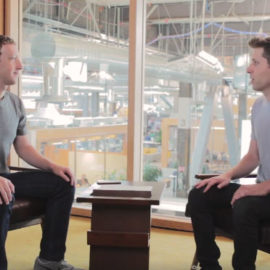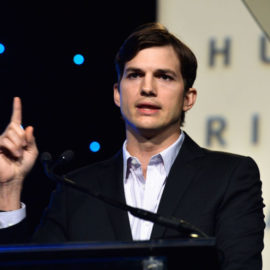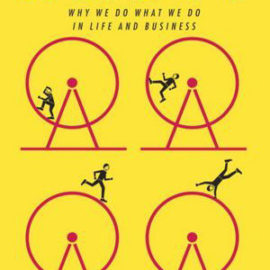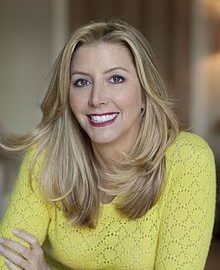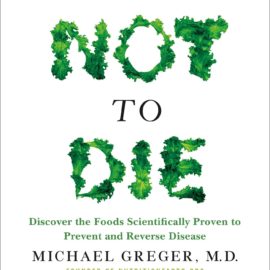Want to learn the ideas in Superforecasting better than ever? Read the world’s #1 book summary of Superforecasting by Philip E. Tetlock, Dan Gardner here.
Read a brief 1-Page Summary or watch video summaries curated by our expert team. Note: this book guide is not affiliated with or endorsed by the publisher or author, and we always encourage you to purchase and read the full book.
Video Summaries of Superforecasting
We’ve scoured the Internet for the very best videos on Superforecasting, from high-quality videos summaries to interviews or commentary by Philip E. Tetlock, Dan Gardner.
1-Page Summary of Superforecasting
Overview
Superforecasting is a book on the accuracy of forecasting. It’s about Philip E. Tetlock, who created accurate measurements for forecasting and studied the conditions that create super forecasters (people with an uncanny ability to predict future events).
In 2005, Tetlock published a study about the accuracy of political predictions. He found that most experts were no more accurate than random guessing. The reason for this was that they weren’t held accountable for their mistakes. Viewers trusted pundits because they confidently told stories about what would happen in the future, not because those pundits got things right.
Tetlock set out to find how we can make better predictions. In 2011, he launched the Good Judgment Project (GJP). The GJP is a part of IARPA’s initiative into forecasting. Thousands of people volunteered for this project and were called superforecasters because they made accurate forecasts. By studying these superforecasters, Tetlock was able to identify what makes someone a good forecaster and the conditions that must be met in order for accurate predictions to occur.
Key Takeaways
People who are paid to predict the future generally don’t do a great job of it. In order for prediction science to advance, we need to evaluate forecasters’ predictions and measure their accuracy.
People can process information in two ways: automatically, or critically. When they use automatic processing, people don’t usually make accurate predictions.
It’s better to work in a group than alone.
The Good Judgment Project (GJP) is a group of people who are more accurate than professional forecasters at predicting the future. The GJP was created to find superforecasters, or those that were 30% better than field experts and got even better over time instead of regressing to the mean.
Superforecasters have above average intelligence but they’re not necessarily geniuses. Instead, they are good at thinking and can process information well.
People who are better at forecasting the future don’t rely on complex mathematical models to make accurate predictions.
Superforecasters are more accurate than other forecasters. They’re always trying to learn and improve at what they do. They try, fail, analyze, and adjust their predictions so that they can be more accurate in the future.
Leadership and forecasting seem to be in conflict with each other. Critics have said that earth-shattering events can change the world, which means no one can predict them.
Key Takeaway 1: Professional forecasters do not usually make accurate predictions, and their forecasts are not evaluated in any meaningful way. As with doctors, forecasters’ predictions must be measured and judged for accuracy in order for the field of prediction science to advance.
Analysing
Most experts who make predictions are biased. They use vague language, so it’s difficult to predict how they will do in the future. Their approach is similar to nineteenth-century medicine when people would give untested cures without actually testing their hypotheses or putting them through a scientific method.
Unlike the natural sciences, medicine didn’t start out as a rigorous scientific field until recently. Lewis Thomas describes this shift in his book The Youngest Science: Notes of a Medicine-Watcher. His father was also a doctor and practiced in the early twentieth century. But unlike modern doctors, who rely on science to practice medicine responsibly, his father prescribed morphine for patients even though it wasn’t medically necessary. He did so because he wanted them to be calm and contented while they were with him. However, by the time Dr Thomas went to medical school at Harvard University in the 1930s, that kind of behavior was no longer considered responsible or professional among physicians.


